This Article was published in the Martinez News-Gazette on 10/22/2017On Saturday October 28, we invite everyone to participate in the City’s fall Alhambra Cemetery Cleanup day rescheduled from the 14th. By volunteers de-weeding, removing debris, visiting headstones, and sealing the Chinese Funerary Burner’s excavation site for the winter, they will be giving reverence to its residents. It is also a chance to contemplate the world customs for honoring ancestors and appeasing ghosts of its many foreign-born decedents. Halloween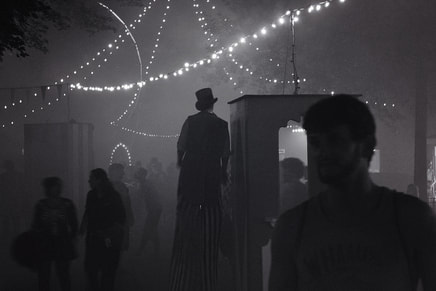 From the History Channel website, “The American Halloween tradition of “trick-or-treating” probably dates back to the early All Souls’ Day parades in England. During the festivities, poor citizens would beg for food and families would give them pastries called “soul cakes” in return for their promise to pray for the family’s dead relatives. The tradition of dressing in costume for Halloween has both European and Celtic roots. Hundreds of years ago, winter was an uncertain and frightening time. Food supplies often ran low and, for the many people afraid of the dark, the short days of winter were full of constant worry. On Halloween, when it was believed that ghosts came back to the earthly world, people thought that they would encounter ghosts if they left their homes. To avoid being recognized by these ghosts, people would wear masks when they left their homes after dark so that the ghosts would mistake them for fellow spirits. On Halloween, to keep ghosts away from their houses, people would place bowls of food outside their homes to appease the ghosts and prevent them from attempting to enter.” Dia de los Muertos (Day of the Dead)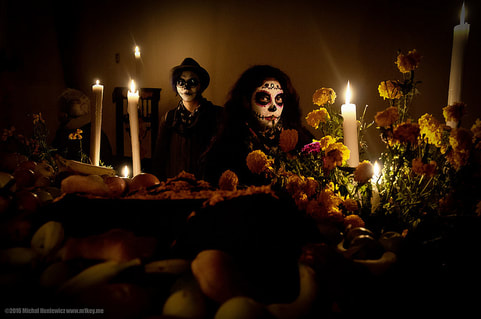 Combining Catholic and Aztec beliefs, and coinciding with All Souls’ Day, Mexico, Latin America, Spain and Portugal immigrants would have celebrated Dia de los Muertos for a three-day celebration. On October 31 (Halloween), heaven opens up at midnight conjoining the deceased with the living for two days. On November 1, deceased children have 24 hours to visit their families while deceased adults have 24 hours on November 2. Home altars were prepared with fresh marigolds, candles, fruits, meat and bread. Altar offerings consisted of toys, candies, cigarettes or alcohol for their loved ones. Nothing was spared for this visit and included lavish parties and specialty foods. However, in California during the late 1800s to early 1900s, so much expense was difficult for many Hispanic immigrants. Decorations offered by the church were very expensive to purchase. Instead, they might have improvised with marigolds, homemade candles and sugar art. Sugar art (such as sugar skulls) was an inexpensive family activity. Sugar skulls with their loved ones name written on the forehead represented a departed loved one. On the last day of the celebration, the community would gather at the cemetery to place the sugar skulls on their ancestor’s gravesites. They would hold a picnic, play music, engage in familial activities, and tell stories about their loved ones The Hungry Ghost Festival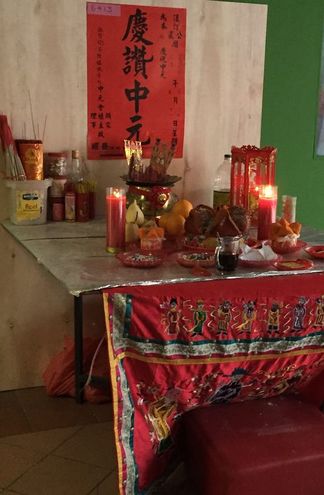 Chinese Taoist immigrants would have engaged in the “Hungry Ghost Festival”, held on the seventh month of the Chinese lunar calendar. During the full moon, they believed a bridge was built between the living and the dead. This allowed some souls with attitudes and cranky ancestors to bother the living. By performing ceremonies and following specific traditions, they would appease the unwelcomed ghosts. By honoring their ancestors, they solicited their protection from the malicious ghosts. Chinese immigrants would have respected three important days of the Hungry Ghost Month. On the first day, they would visit a cemetery to offer worldly things to satisfy and keep the hungry ghosts away. Utilizing a funerary burner, they made offerings of fake money, while using an altar to burn Joss sticks and offerings of food to the ghosts. On the 14th or 15th day of the month, they held the Hungry Ghost Festival. Ancestor’s pictures were placed on a table, and then incense burned while asking for blessings or pardons. The table also held food for the attitudinal ghosts whom very hungry after two weeks of misdemeanors. On the last day of the month, the ghosts retreat to their underworld. The immigrants would use the funerary burner again to incinerate more imitation money and clothes so the ghosts could utilize these things in their hot location. They would return the pictures of their ancestors to their original location and engage in Taoist chanting to drive all ghosts home. Chongyang Festival (Double Ninth Festival) On Saturday October 28, is the Chongyang Festival. Annie Wu of China Highlights writes, “During the East Han Dynasty, there was a devil of the plague in the Ruhe River. As long as it showed up, people got sick and even died. There lived a man named Huan Jing who was told by an immortal that the devil of the plague would show up again on the ninth day of the ninth month, and he asked Huan Jing to go back to kill it. When Huan Jing went back, he asked the whole family to go to a mountain and sent everyone a Zhuyu leaf and a glass of chrysanthemum wine. When the devil of the plague emerged from the water, it got dizzy from the scent of the Zhuyu and the chrysanthemum. At that time, Huan Jing took the sword and killed the devil of the plague. Since then, climbing mountains has become a custom on the Double Ninth Festival.” Like the Hungry Ghost Festival and Dia de los Muertos, the Double Ninth Festival is also a time to remember one’s ancestors. Cemetery visits would have included bringing pork, fruit and chrysanthemum wine for the altar. Chinese immigrants, who visited Alhambra Cemetery’s Potter’s Field, would possibly have climbed to the top of the hill to drink chrysanthemum tea or wine in celebration. 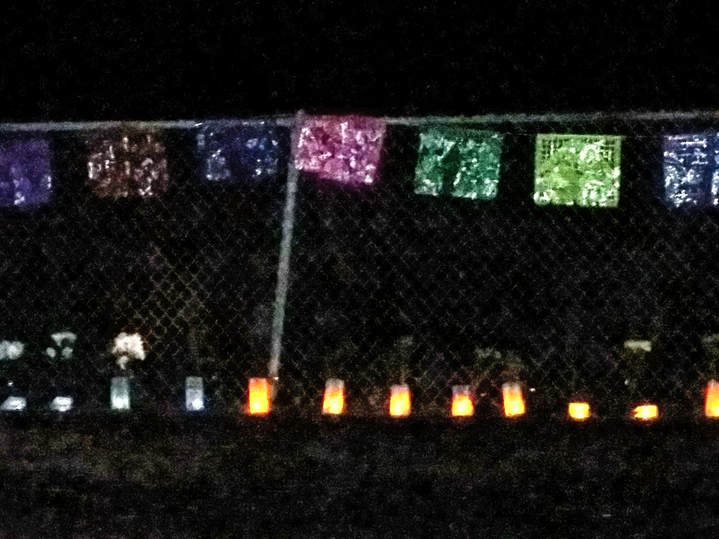 Combined Halloween, Day of the Dead and Hungry Ghost Festival Celebration, Alhambra Cemetery Potter's Field Oct 31, 2016 Combined Halloween, Day of the Dead and Hungry Ghost Festival Celebration, Alhambra Cemetery Potter's Field Oct 31, 2016 It is interesting to note the many similarities these different world customs possess. Despite oceans and many miles between us, we as the human race have much more in common in our traditions and ideas than one would otherwise think. Perhaps that is what we should all celebrate as we participate in our annual traditions and volunteer to maintain cemeteries and graveyards (our important cultural outdoor museums). Our next workday is Saturday October 28 from 9 am to 2 pm. Come join us to clean brick, winterize the Chinese funerary burner site, and clean Potter’s Field. Bring a chrysanthemum or marigold to celebrate the Chongyang festival and Dia de los Muertos.
Judie & Joseph Palmer are two of the founding members of the Martinez Cemetery Preservation Alliance (MCPA) and the Potter’s Field Project. Both have a passion for discovery, history, genealogy, anthropology and archaeology. For more info, please visit our website MartinezCemetery.org. Do you have a Potter’s Field story to tell? We welcome any pictures or information regarding the Alhambra Pioneer Cemetery or its Potter’s Field. Please email us at [email protected] or call us at (925) 316-6069. |
AuthorsJudie & Joseph Palmer are two of the founding members of the Martinez Cemetery Preservation Alliance (MCPA) and the Potter’s Field Project. Both have a passion for discovery, history, genealogy, anthropology and archaeology. Archives
October 2021
Categories |
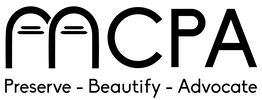
 RSS Feed
RSS Feed